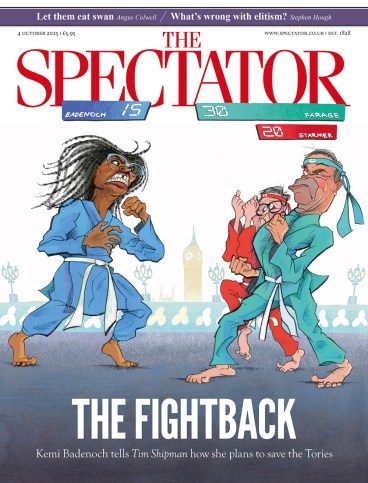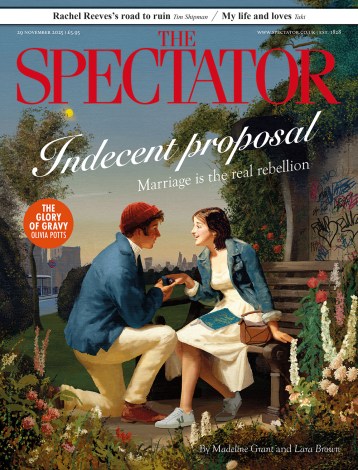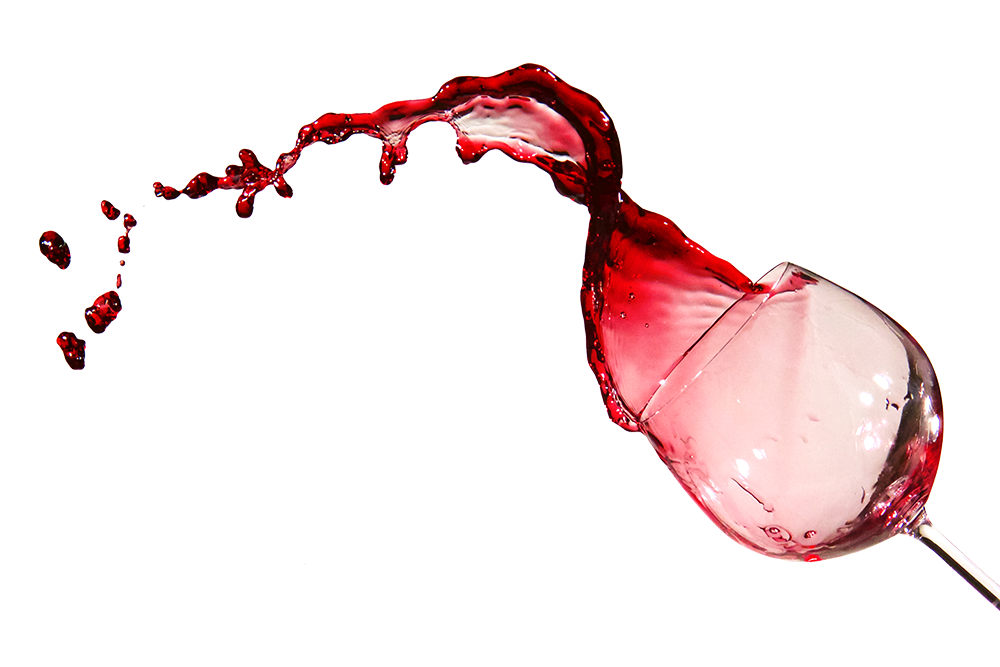
As readers will be aware, and without sounding too immodest, this column is absolutely committed to diversity. In an earlier era, that might have seemed unnecessary. A British oenophile did not need to search out bottles from great distances. He could merely take his pleasure from the first growths of Bordeaux and the grands crus of Burgundy, with perhaps a little dalliance on the Rhine or the Rhône.
Nor was this only a British modus operandi. I covered the French election of 1981 from Burgundy (there were good political reasons for doing so, as well as other ones). The Burgundians knew that wine was made on the banks of the Gironde, but when I assured them the best of it was excellent, there was polite scepticism. As a result, bargains were to be had in the claret sections of wine lists. A bottle of Mouton-Rothschild ’61 was a mere 450 francs: £45. I had never tasted a subtler wine. Was it ready? I couldn’t decide, even after the second bottle. Alas, the experiment was unable to continue. They apologised profusely: there had only been two bottles left. I consoled myself that after the exile from their terroir, the wines had found a good home.
These days, everything is different. Given the rises in price, a British oenophile who restricted himself to the hauts-lieux of Burgundy and Bordeaux must be seriously rich, and all the younger wine makers seem to have travelled extensively to enhance their professional competence, usually far beyond the limits of France. Apprentice French vignerons have studied in Australia and California, and their hosts have benefited from cross-pollination, not to mention investment. The Rothschild/Mondavi partnership to create Opus One is the most spectacular example.
But better wine is being made in larger quantities throughout the world: just as well. That sweet enemy, France, still deserves most of the gold medals, but left to themselves, the Grenouilles would also trouser all the gold. Competition restrains cupidity.

There is one underappreciated region which has collaborated with France for well over a century. In 1880 a grand Chilean, Don Domingo Fernandez Concha, identified a suitable site for a winery on the banks of the Maipo river. He called it Santa Rita and imported French experts with grape varietals: Cabernet Sauvignon, Chardonnay and Carmenère. A century and a half later, everything is flourishing. Surrounded by mountains, with a view over the vines down to the river, its fine buildings endowed with pre-Columbian antiquities, the charm of Santa Rita is prelapsarian.
Apprentice French vignerons have studied in Australia and California, and their hosts have benefited
A few British connoisseurs had found their way to Santa Rita, but not on the scale of my friend Ranald Macdonald, of Boisdale fame. Ranald has one regret about his native land: no one has yet worked out how to grow grapes there. So he has become an oenophile missionary, especial reference to Latin America.
Recently, he was kind enough to invite me to a Santa Rita tasting. We started with the Chardonnays. The first was a sound aperitif: the second, a Floresta Limari 2020, although in a different style, was comparable to a Burgundy premier cru. Then the Carmenère, a Floresta Apalta 2021: the best Carmenère I have ever tasted.
Finally, the Cabernet Sauvignons, the star being a Casa Real 2015, which has won gold medals. Ranald ran it against a Mount Brave from California and a Pontet-Canet 2014, either of which would be twice as expensive.
So which deserved the gold? The two guests could not decide, and changed their minds every five minutes. But on one point there was certitude. The house of Santa Rita makes exceptional wine in magnificent surroundings. Drink early, drink often.







Comments